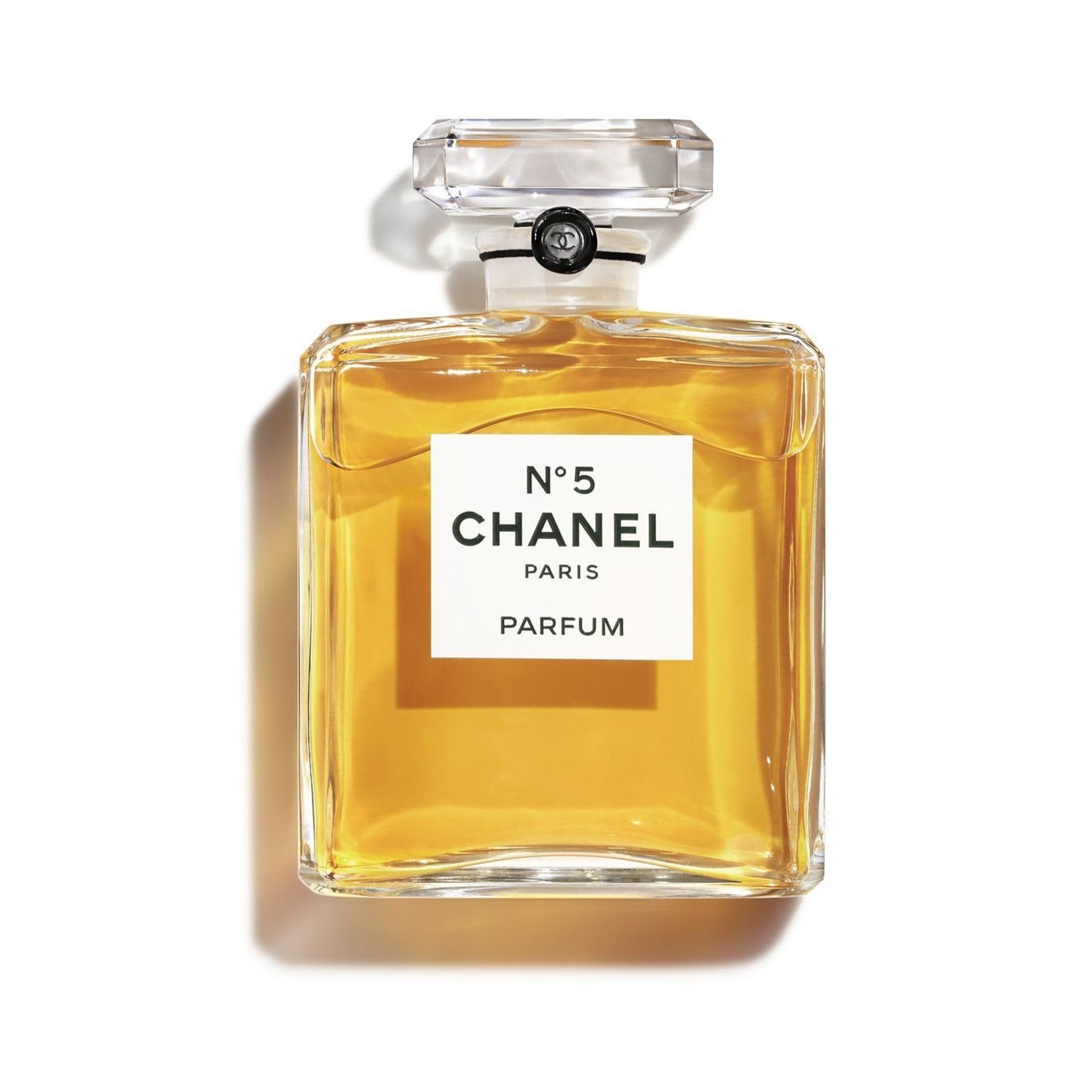
Chanel prevails in unfair competition case over its No5 perfume bottle in China.
Chanel prevails in an unfair competition case against a copycat fragrance imitating the iconic trade dress of its N°5 perfume in China. The Trial Court and the Court of Appeal grants the iconic brand protection over the unique trade dress of CHANEL N°5 perfume.
